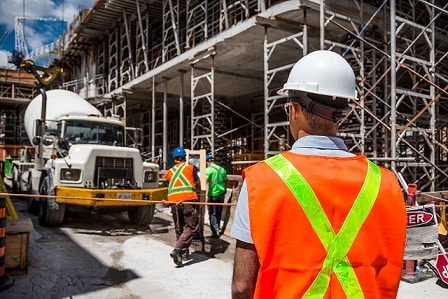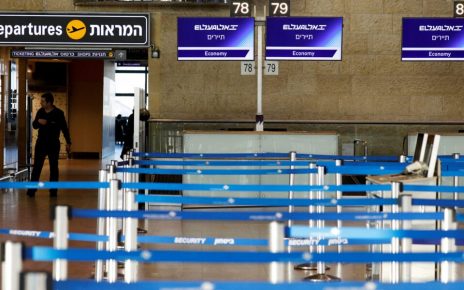The construction industry is one of the most lucrative sectors in the U.S., but unfortunately, it’s also one of the most dangerous.
According to statistics, more than 20% of all fatal workplace injuries occur in the construction industry. This fact illustrates just how important safety is in this industry, but too often, it’s overlooked by project managers and site workers. If you’re a construction professional, you can protect your company with the following safety tips.
1. Provide Personal Protective Equipment
Personal protective equipment is one of the most important aspects of on-the-job safety for construction workers. Job sites often feature an array of risks, including dangerous equipment, electrical hazards, and fall hazards. Personal protective equipment is the best defense against these risks, and PPE such as hard hats, eyewear, and respirators can play a big role in reducing on-site injuries. Construction companies must provide workers with all of the necessary personal protective equipment to ensure that they can perform their jobs safely and effectively.
2. Appoint a Safety Supervisor
When you’re working on ways to make construction sites safer, hiring a dedicated safety supervisor is one of the best strategies. A construction site safety supervisor is responsible for ensuring that workers wear PPE, abide by safety protocols, and maintain a safe work environment. Safety supervisors must also inspect machinery to ensure that it is safe to operate and perform any necessary repairs. Appointing somebody to this position can minimize the potential for workplace accidents and thus protect workers from some of the most common injuries that can occur on construction sites.
3. Improve Communication
It’s unfortunately true that many accidents and injuries happen as a result of miscommunication. This is true in construction and many other industries, too. Implementing a clear communication channel can mitigate this problem. There are plenty of reading construction drawings, for example, that offer streamlined communications tools such as file sharing, collaboration, and security features. A CDE platform is a great investment for construction companies that need a suite of tools for communicating with stakeholders, co-editing files, and protecting data from ransomware and other security threats.
4. Conduct Regular Safety Checks
Safety supervisors should conduct regular safety checks in order to identify any potential safety infractions. This may include failure to wear PPE, violations of safety rules, or misuse of heavy machinery. In addition to the safety supervisors’ routine checks, project managers should also conduct regular checks, too. This can further prevent any safety issues from emerging, and it can give project managers an opportunity to respond to delays and obstacles that may occur. Paying attention to safety is the best way to prevent accidents.
5. Invest in Robust Training
Construction companies must also invest in robust training for workers. Too often, laborers are sent out to a job site without enough direction regarding their responsibilities and expectations. This lack of instruction can quickly lead to safety mishaps, and safety mishaps can easily cause injuries. Every construction company must prevent this by creating a robust training program for new hires and instilling principles of safety. Remember, too, that training must be ongoing, and workers should continuously engage with safety supervisors to review essential safety skills.
6. Incentivize Better Safety Practices
Simply training your employees regarding safety practices isn’t enough to ensure that they act safely. Construction companies also need to take steps to incentivize safety on job sites. Incentives can include recognition, bonuses, or awards that recognize employees who uphold safety standards. This will encourage workers to maintain safety practices on the job site, and more importantly, it will demonstrate your company’s recognition of valuable workers. This is an effective way to foster loyalty among employees and develop a reliable team of safety-minded professionals.
7. Encourage Accountability
In addition to incentivizing safe behaviors, construction companies must hold employees accountable when they engage in unsafe behaviors. In many instances, safety infractions are the result of a lack of training or lack of knowledge. Violations should first be treated as a training opportunity, then, rather than a reason for penalization. If an employee repeatedly violates safety protocols, though, they should be held accountable with verbal and written warnings regarding their behavior. If the employee in question does not stop behaving unsafely, they should be removed from the job site.
Fostering a safe work environment is one of the most important responsibilities of any construction company. In many cases, though, miscommunication, insufficient training, and lack of supervision stand in the way. You can overcome these obstacles with these seven tips.





